Accordion Notes, Pictures and Reviews Goldencup and Hohner
The following post is a collection of notes and comments (one may even call it a review of sorts, although I am not very knowledgeable so take that into account) regarding the Goldencup JB5072. (this post is currently a work in progress and will be improved in the future as time allows).
The JB5072 accordion is a Chromatic Button Accordion (CBA) C-griff system. On the treble side it has 62 buttons/37 notes (3 reed banks), on the bass side is a 72 bass standard Stradella system (2 reed banks). I will start by saying, for the price of the instrument, the fact that it’s a CBA box (not a diatonic box), and it’s intended purpose, I would purchase the instrument again as I feel it provides good value for it’s price. (but please read to the end to understand the trade offs you are making if you follow this route)
Caveat emptor: I am not a musician, mostly an accordion hobbyist and tinkerer, meaning I wanted to take the instrument apart and learn (phsysics, engineering …), including checking the speak and pitch quality of the reeds …etc. plus learning tunning techniques along the way. If the instrument was more expensive I would have felt very uneasy about taking it apart.
If your intention is performing as an musician however, I would consider a German Weltmeister Romance 602 or its 603 and 703 bigger relatives. The price of course being ~2, 3, 4x times the price of a Goldencup.
Below is a picture of the Goldencup CBA, I put out the treble reed banks to give a relative measure of size.
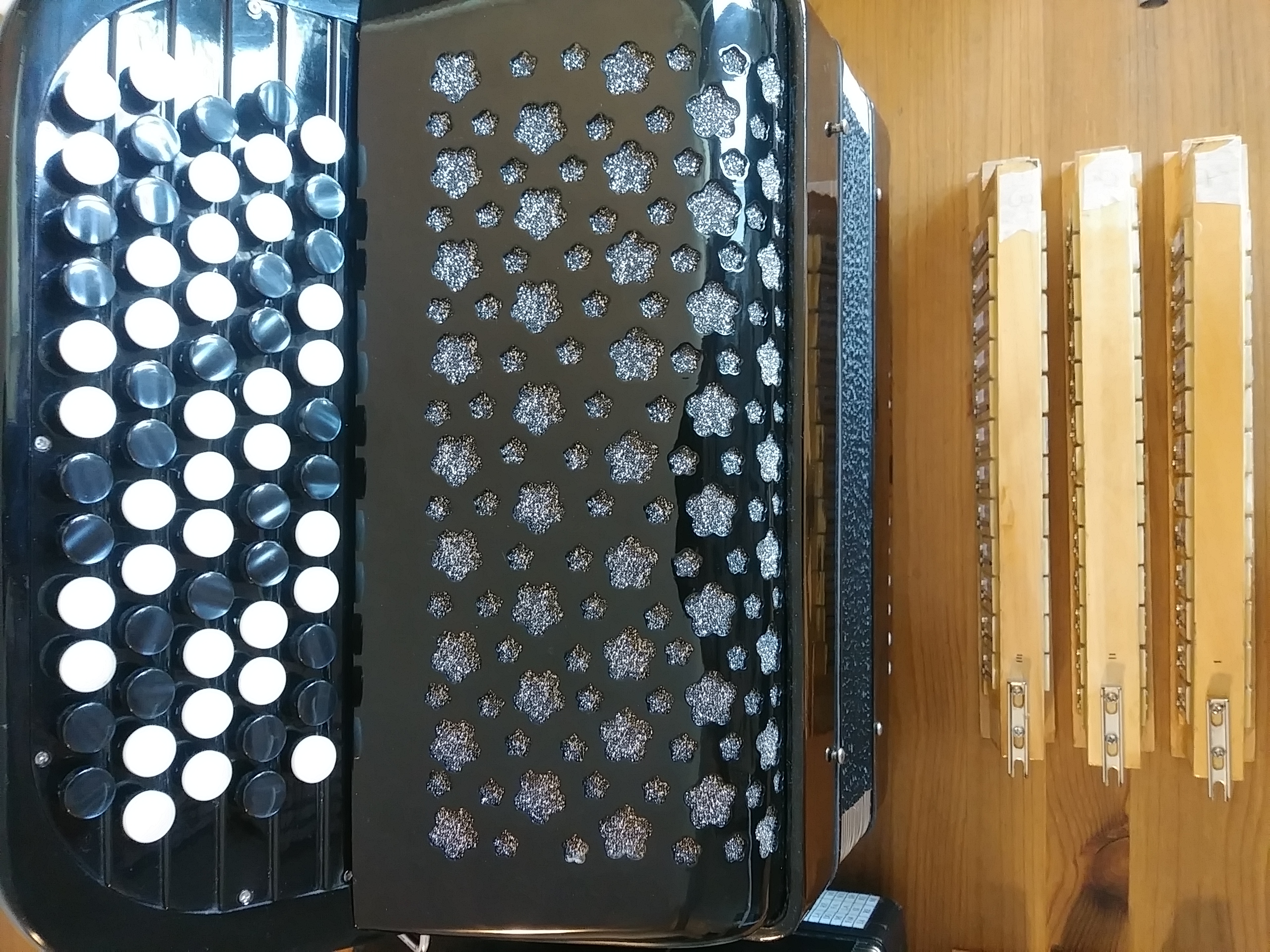
The bass half is shown below with multiple pictures of its bass reed banks (interestingly enough, they place a silica bag “stapled” on the bass half (pretty practical I think, as reeds must be kept in low humidity, although some may say this is unrefined)
Bass Half:
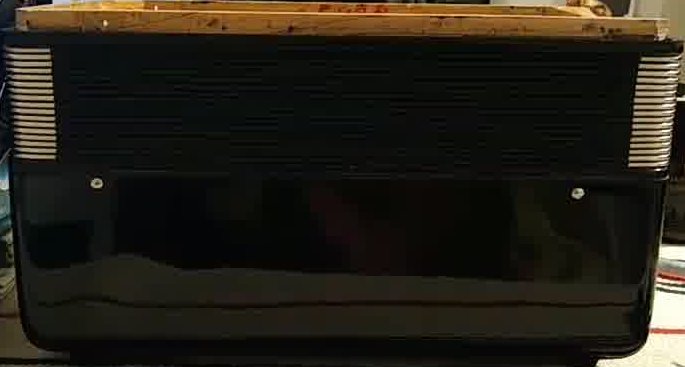
Bass Reed Banks
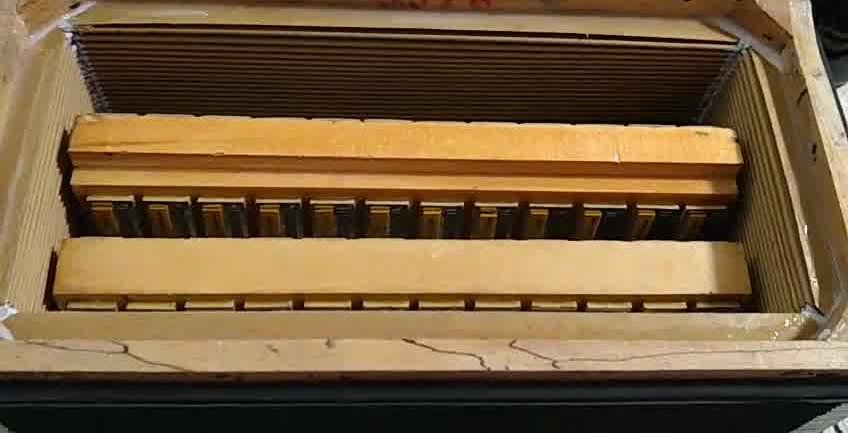
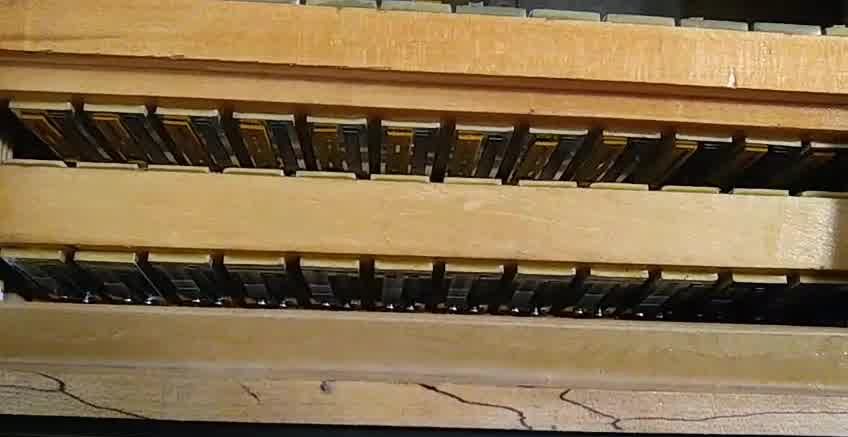
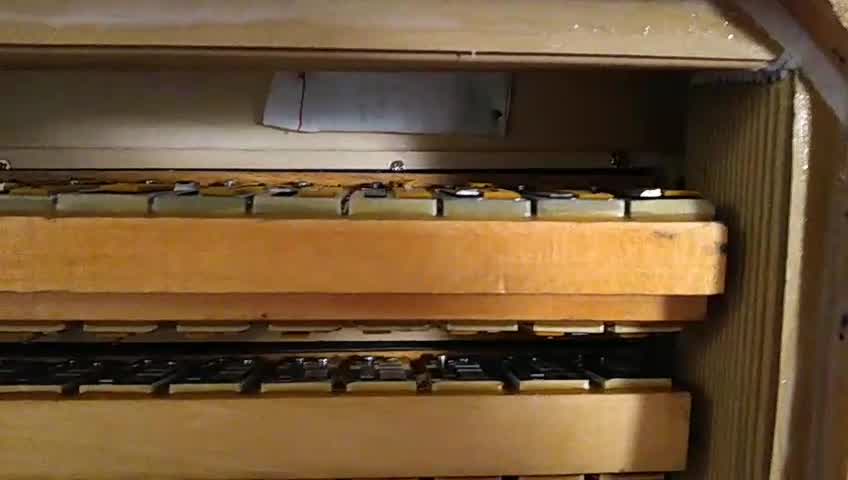
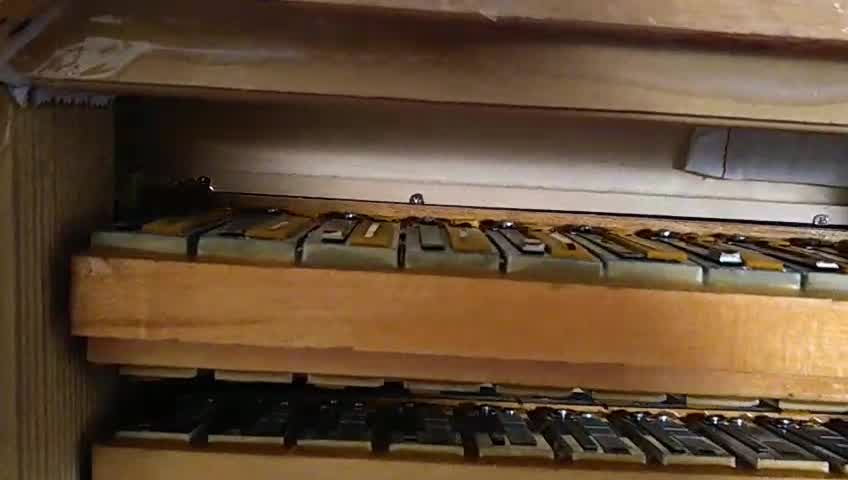

Next, we can see the treble reed banks:
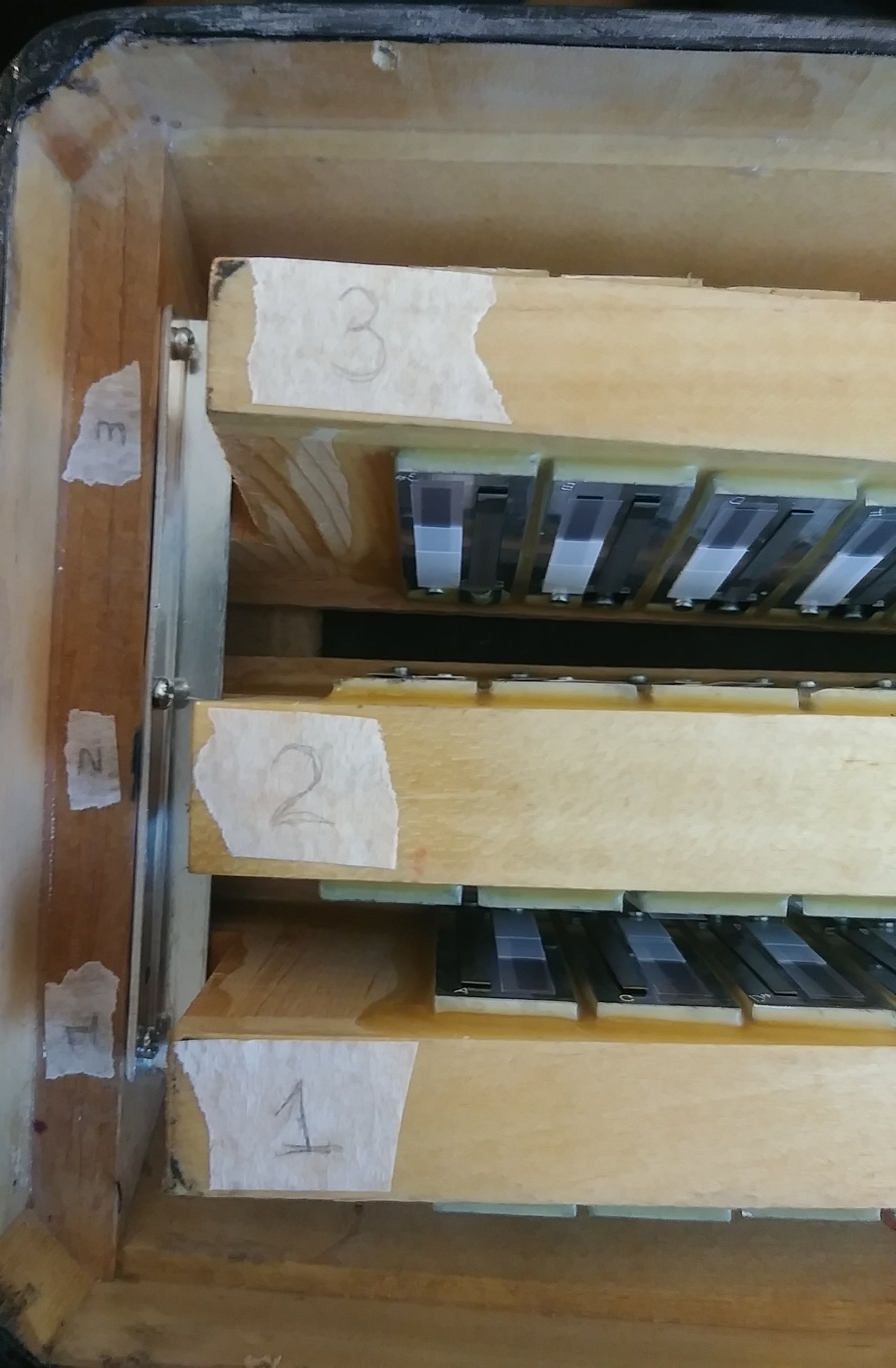

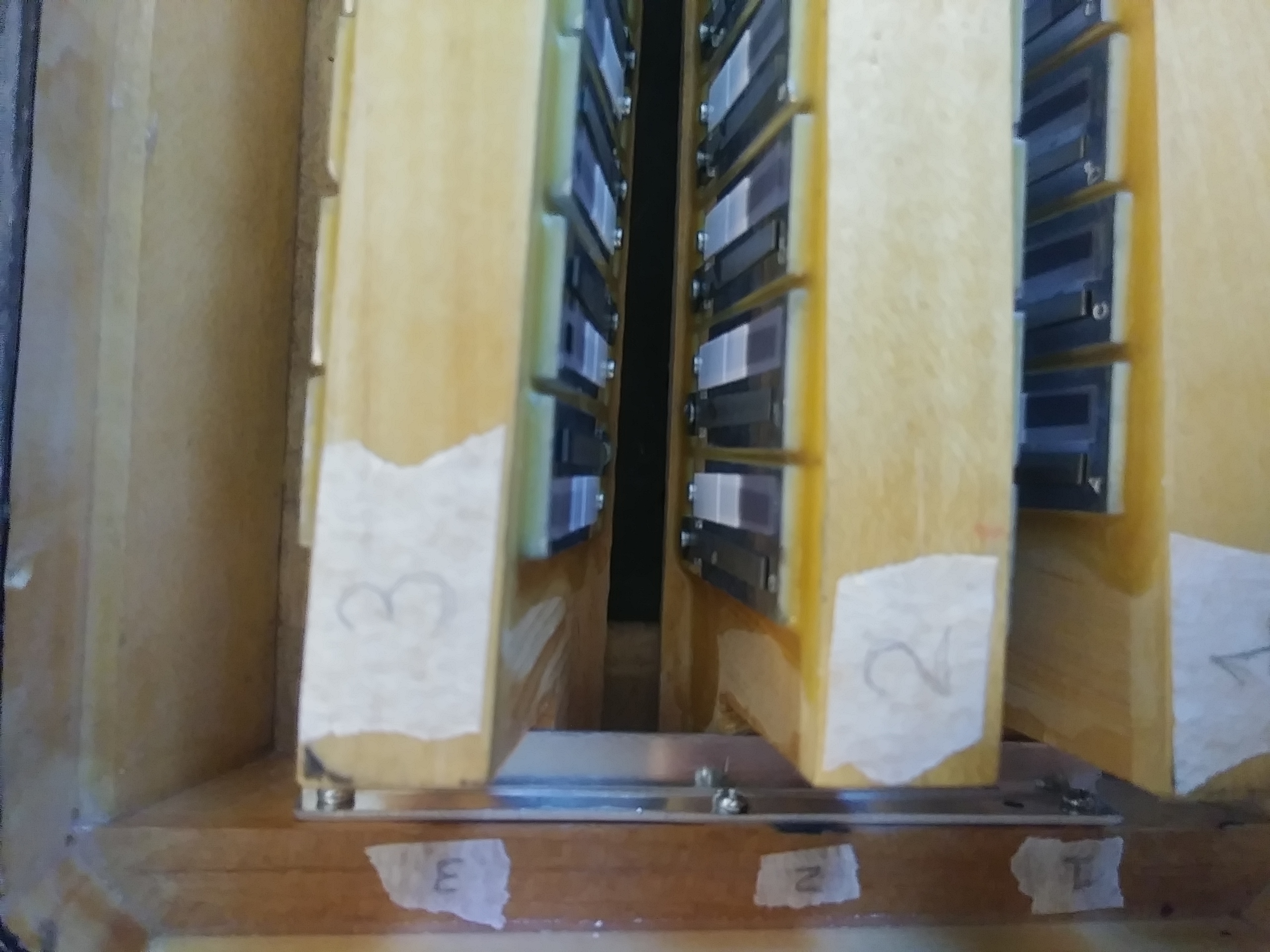
And a collection of smaller resolution pics
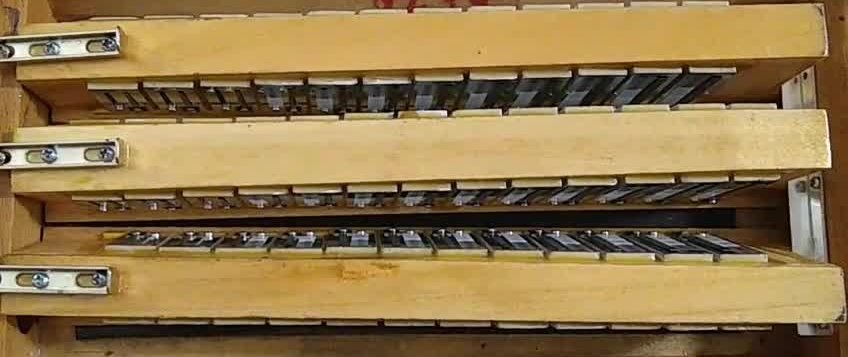

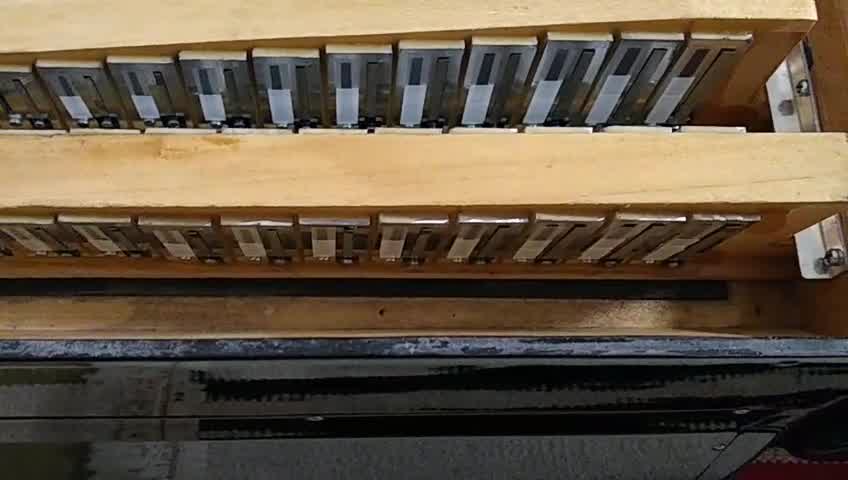

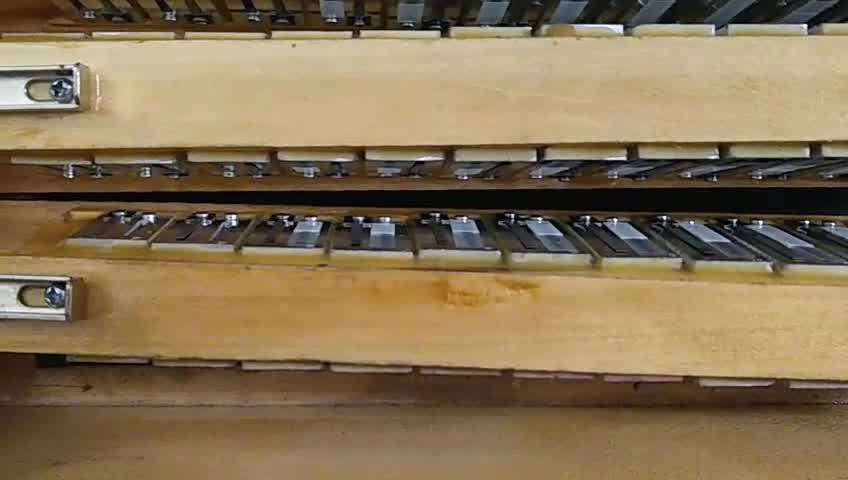
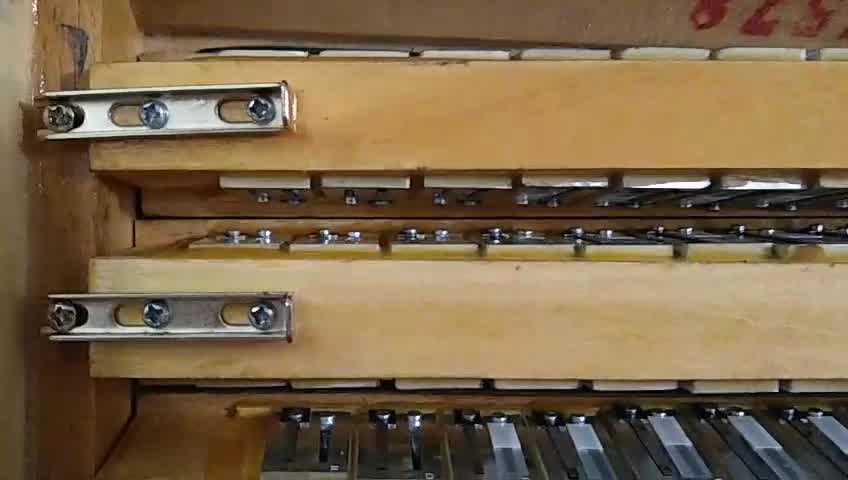
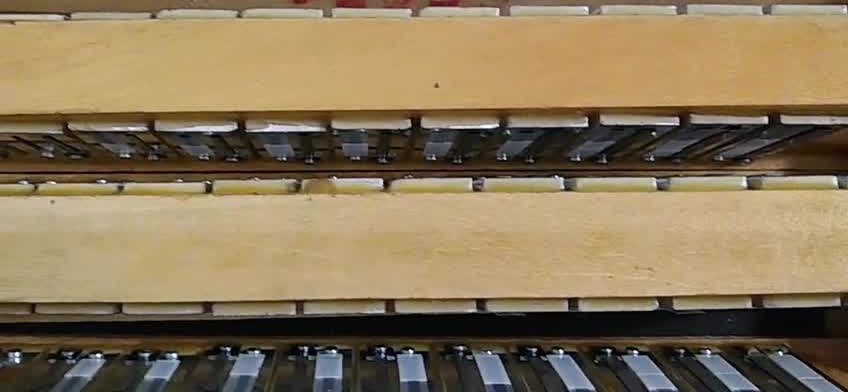
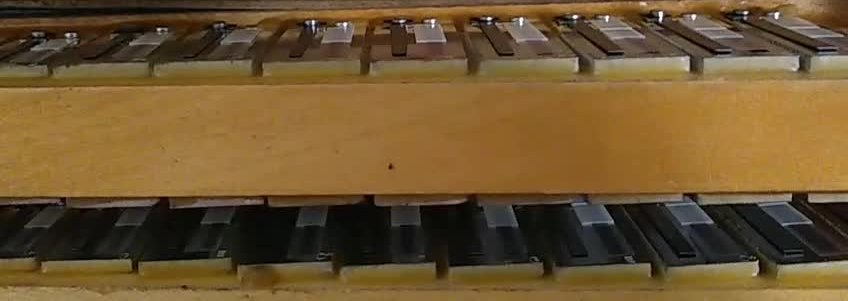
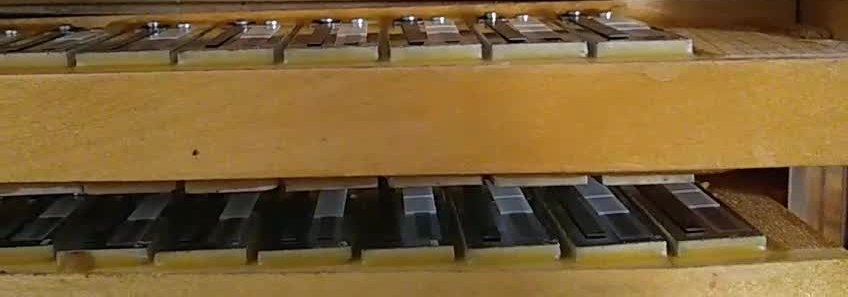

First impressions
Now a few comments to be aware of: On arrival the instrument looked well made, beautiful and played fine although there were a couple of things I wanted to check out (if you are not familiar with accordions or if this is your first accordion perhaps you wouldn’t have noticed).
One was the speak quality (some reads were slightly slow), the second and third things were the pitch (mostly ok) and tremolo (beats) tuning (not optimal). For the tremolo tuning I requested, I noticed this is an area where I should have just gone with the original tunning of the instrument standard from the factory (as the custom request led to not optimal results).
Speak quality of the reeds
When I received the instrument I noticed some of the reeds where not speaking as quick as they could be. Meaning they required a slightly larger bellows pressure to start (this may be unnoticeable for some but I could tell). I investigated this and noticed that the placement of some of the reed banks had shifted during shipping. Meaning they were not exactly on top of the holes (this can be seen in some of the treble pictures above). I re-centered the reed banks accordingly. (note my old Panther, has braces between reeds exactly to avoid this)
While having the instrument disassembled, I also noticed that the clearance from reed plate to reed tongue for some reeds may not be optimal (refer to some of the pictures above). Typically the clearance should be smallest for the highest pitched reeds and incrementally should get larger as we go to the lower pitched notes; meaning we shouldn’t have abrupt changes in clearance or larger clearance for a smaller high-pitch reed than a low pitch reed (although you need to look at the speak pressure and geometry of the reed, but this holds generally).
To be able to tune the speak quality of each reed, I needed to measure the pitch and relative pressure required to sound every reed in the banks. Initially I put together a poor-mans tunning bellows using a toy accordion bellows (below). However this proved impractical since it is difficult to measure pressure quantitatively with your hands.
Next, I gathered data on what kind of pressure and air flow are required to yield sound for individual reeds from research papers (add specs and links here later from accordion notebook).
As it turns out, the pressure profile needed for the sound production of reeds matches that which can be provided from electric air pumps for inflatables (beds …etc) (this was a wild realization). The trick here being to get a electric DC pump, so that one can take apart the pump and change the input voltage in small increments from a DC power supply. The second thing which needs to be done is to provide some wood chamber or cavity to place the air feed on one side (or bottom) and the reed onto an opening on top or on the other side. (picture to be added later).
With the controlled poor-man tuning setup in place, now came the tedious part. I had to meticulously measure the relative pressure required to sound every reed in the banks.
Typically going from lower to higher pitch reeds you need to increase the air pressure to generate sound (whereas the air flow has an inverse relationship). Hence, to optimize the speak quality of each reed one can empirically draw a pressure vs frequency curve and spot the outliers (meaning the slow speak reeds); easier said than done.
And, the second tedious task:
Once all the data was tabulated in a spreadsheet and the outliers identified, I went ahead and started altering the plate to tongue reed clearance to improve the speak quality of the reeds. This exercise took “several” iterations and consumed many after work nights, until I was satisfied with the overall results.
Pitch of Reeds:
Overall I found only small deviations of the individual reeds pitch vs the expected pitch, although I may improve tuning slightly in future efforts (TBD).
Tremolo Tuning
The tremolo tuning I requested was the German standard (15 cents or 4hz tuning), however I noticed the tuning of each read apart from pitch to yield the expected tremolo was not quite right, I will probably get to play around with this in the future and perhaps improve it (or perhaps not, let’s see).
For the time being, I have put the according back together and started practicing, I would say for playing tunes after work, the accordion would do just fine.
Hohner Panther (pictures only, old very old model)
I am also adding some of my Hohner Panther pics to keep for reference and comparison (keep in mind of course this is a diatonic box, lots of differences vs a CBA but interesting nevertheless).
Hohner Panther Accordion
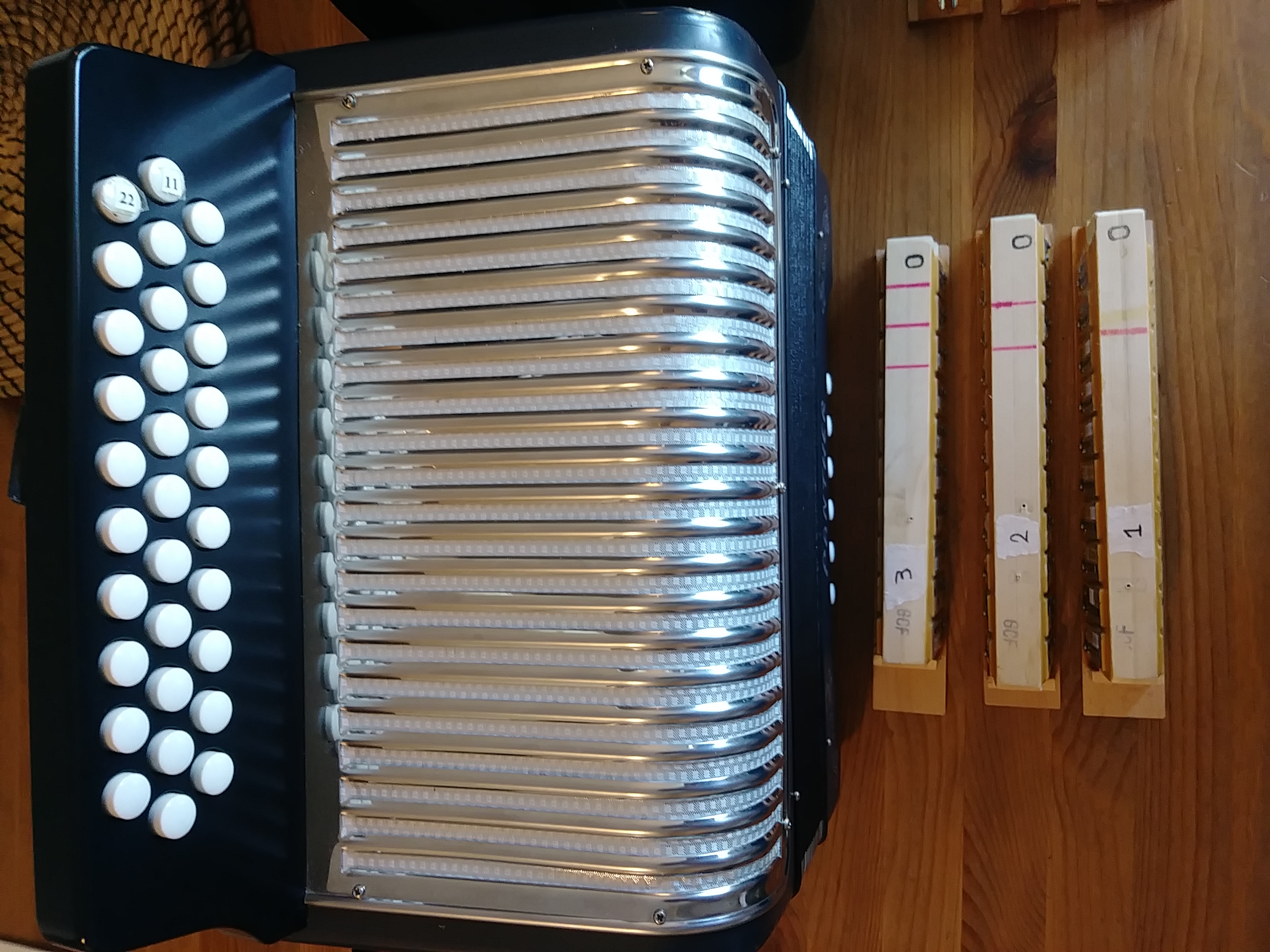
Hohner Panther Bass Reeds


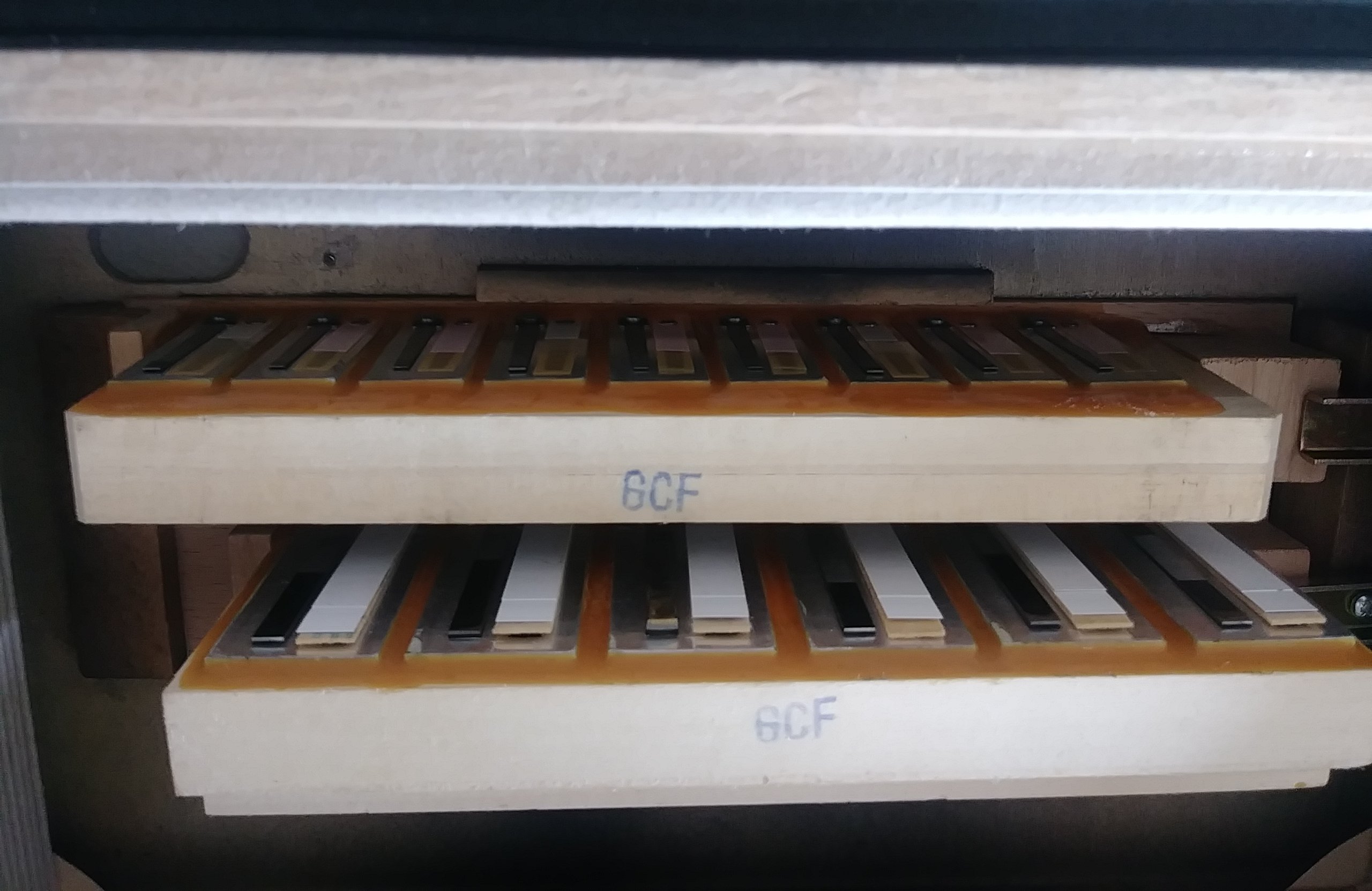
Hohner Panther Treble Reeds
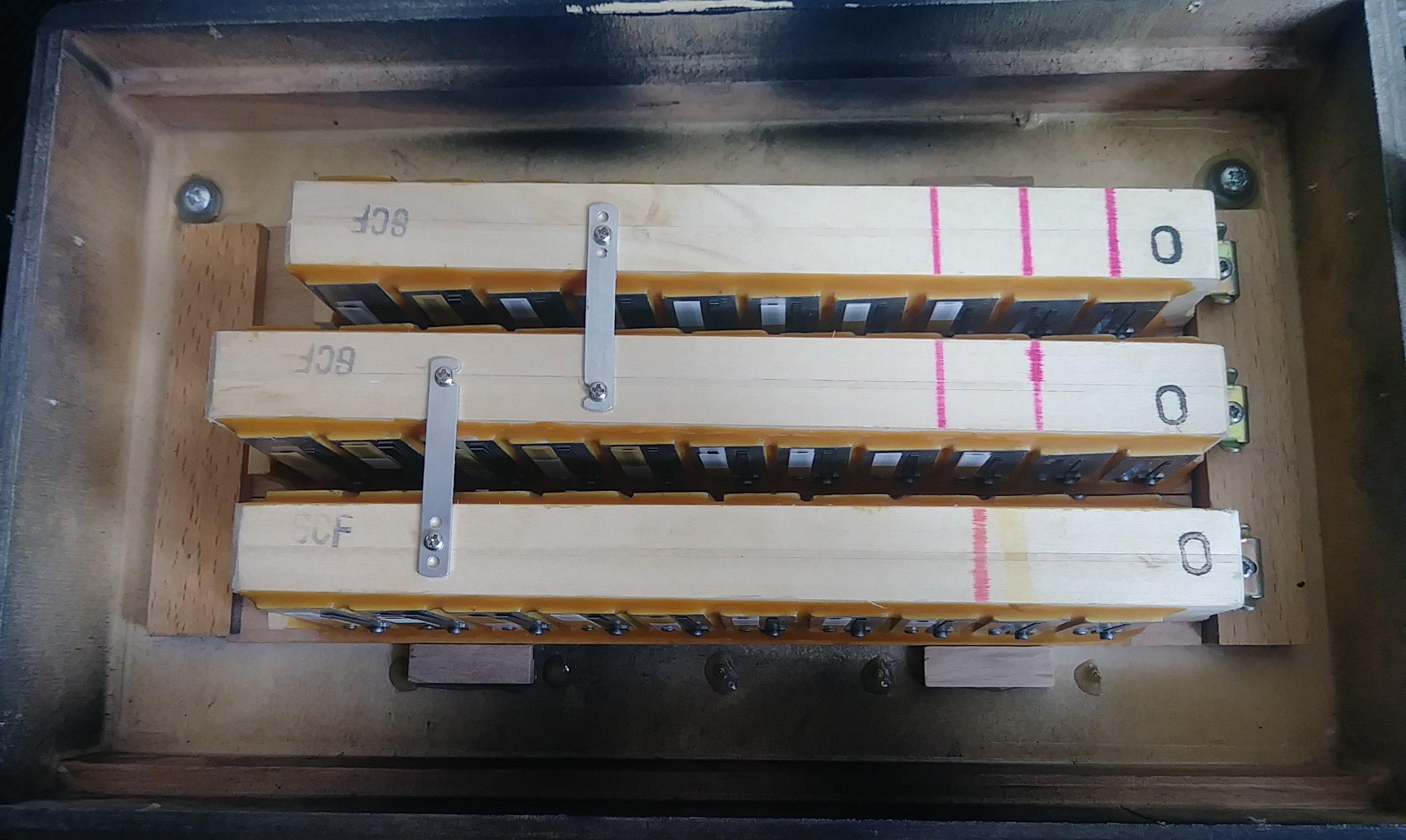
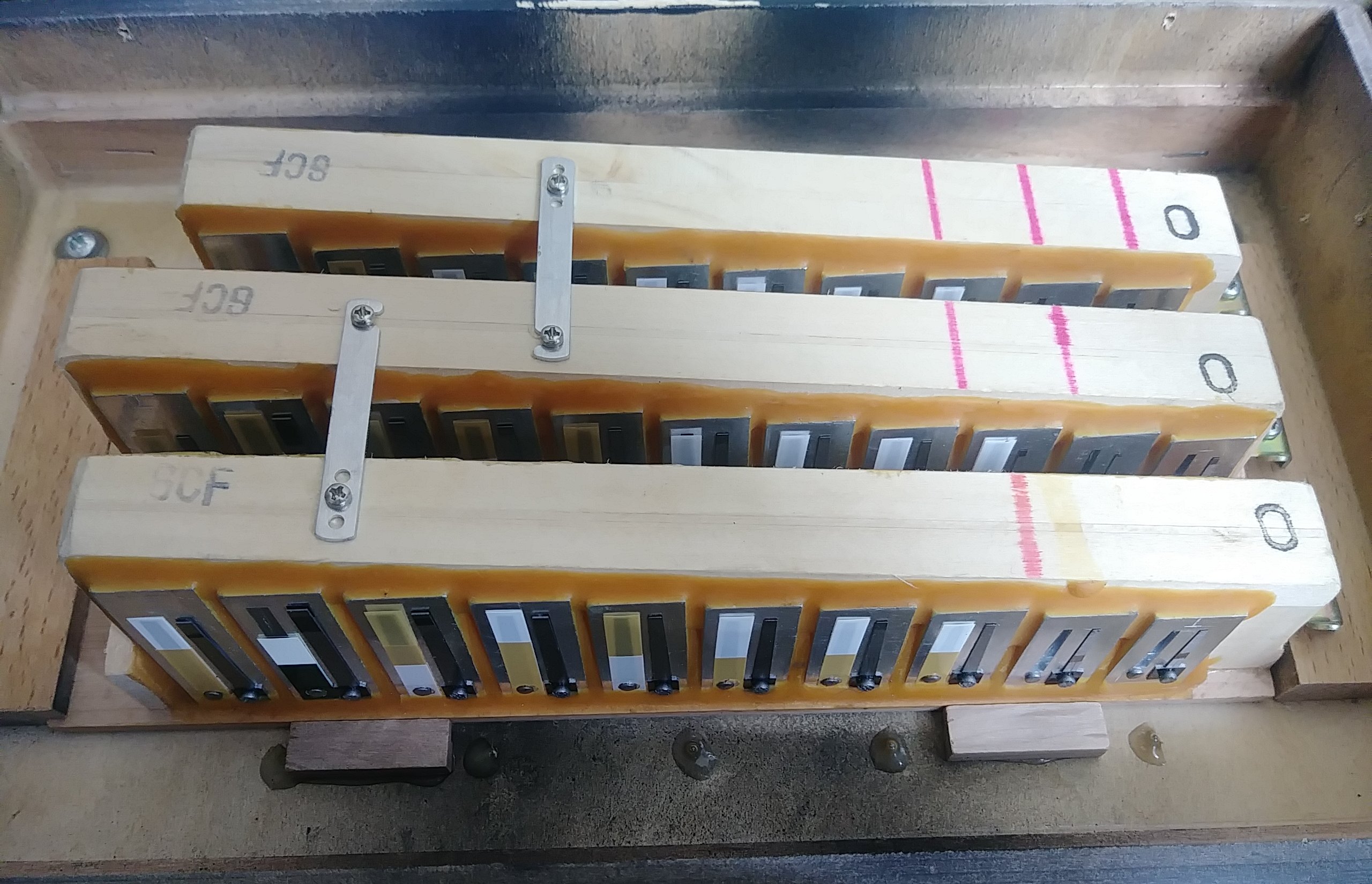
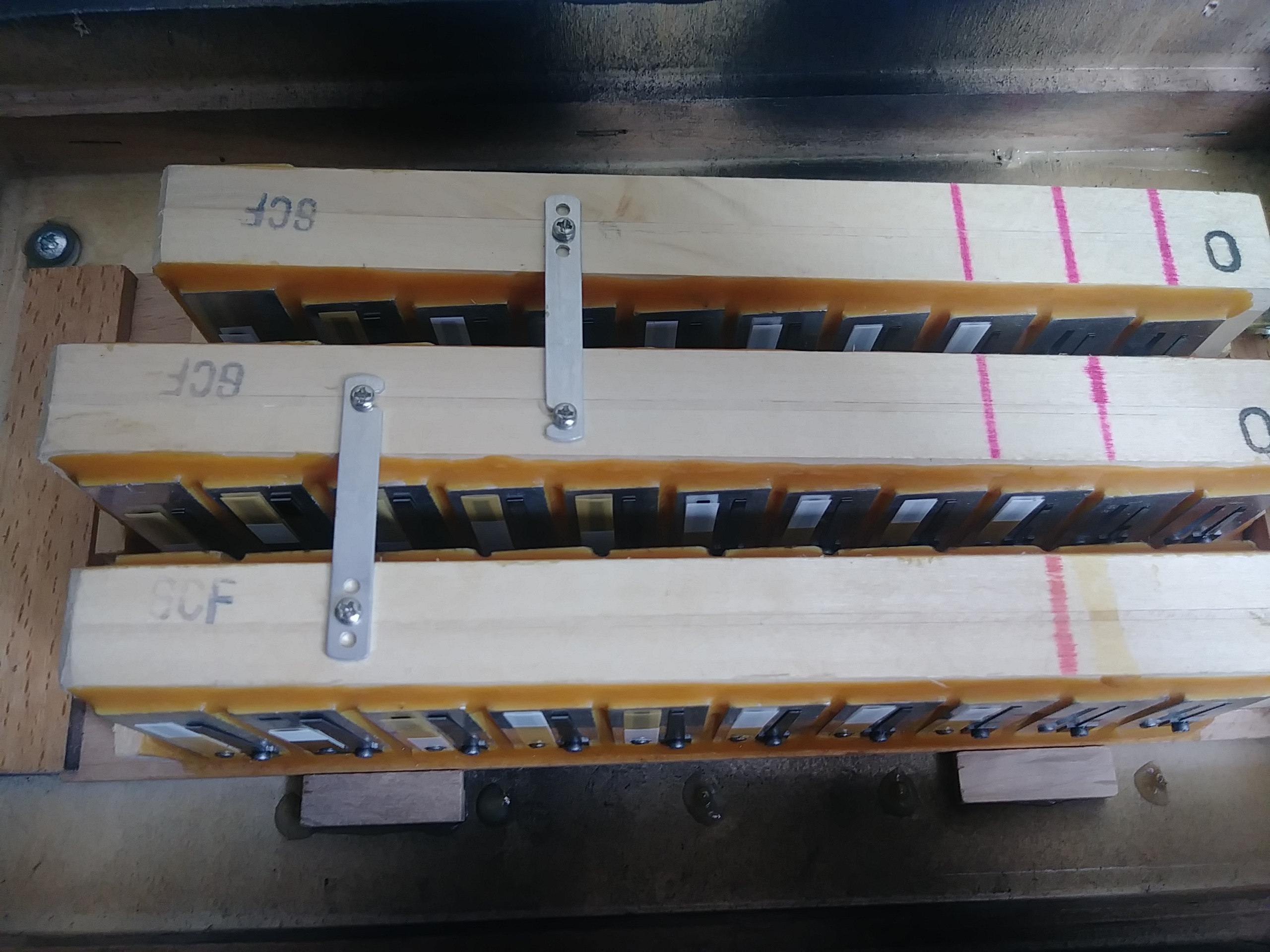
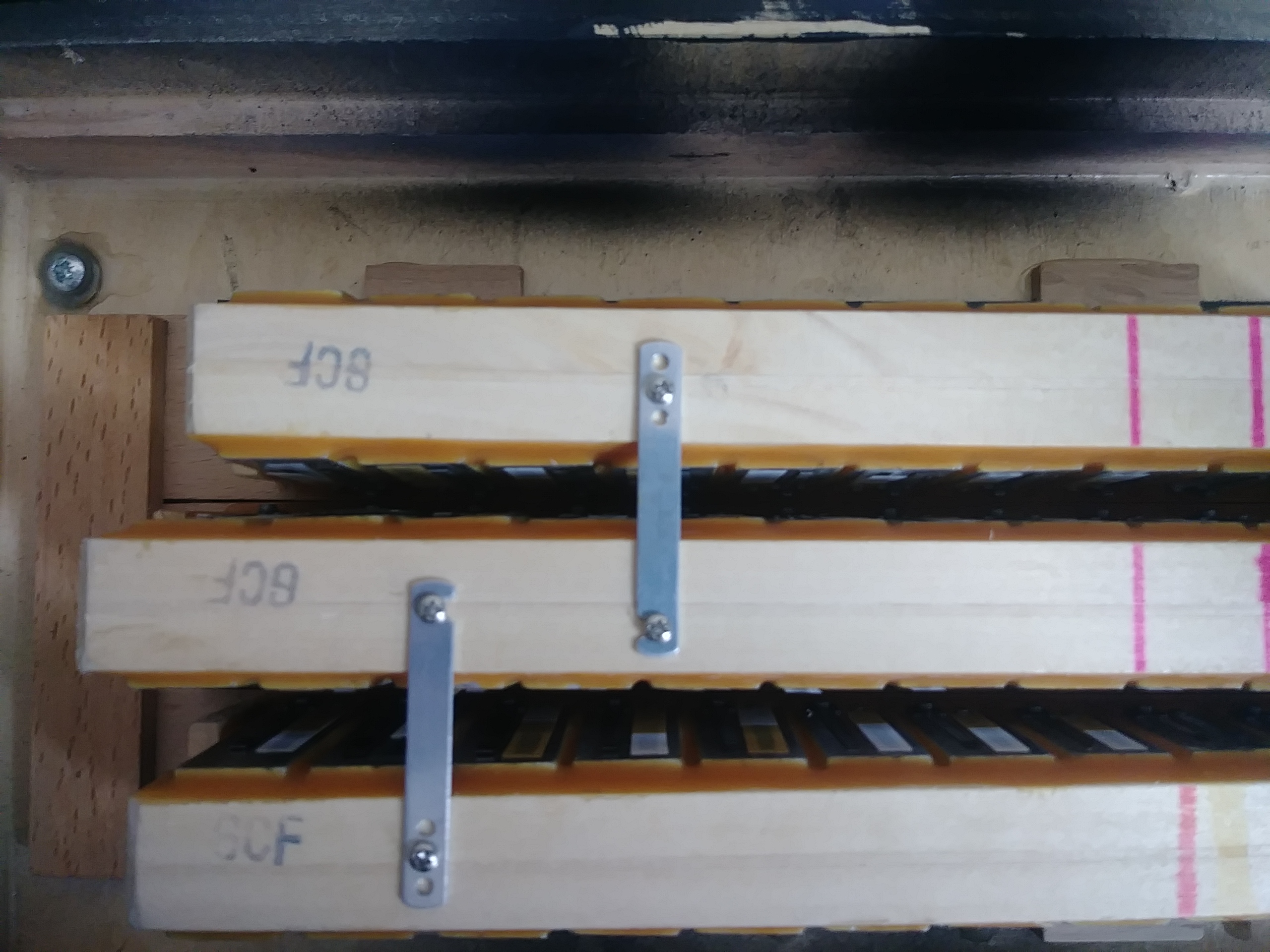
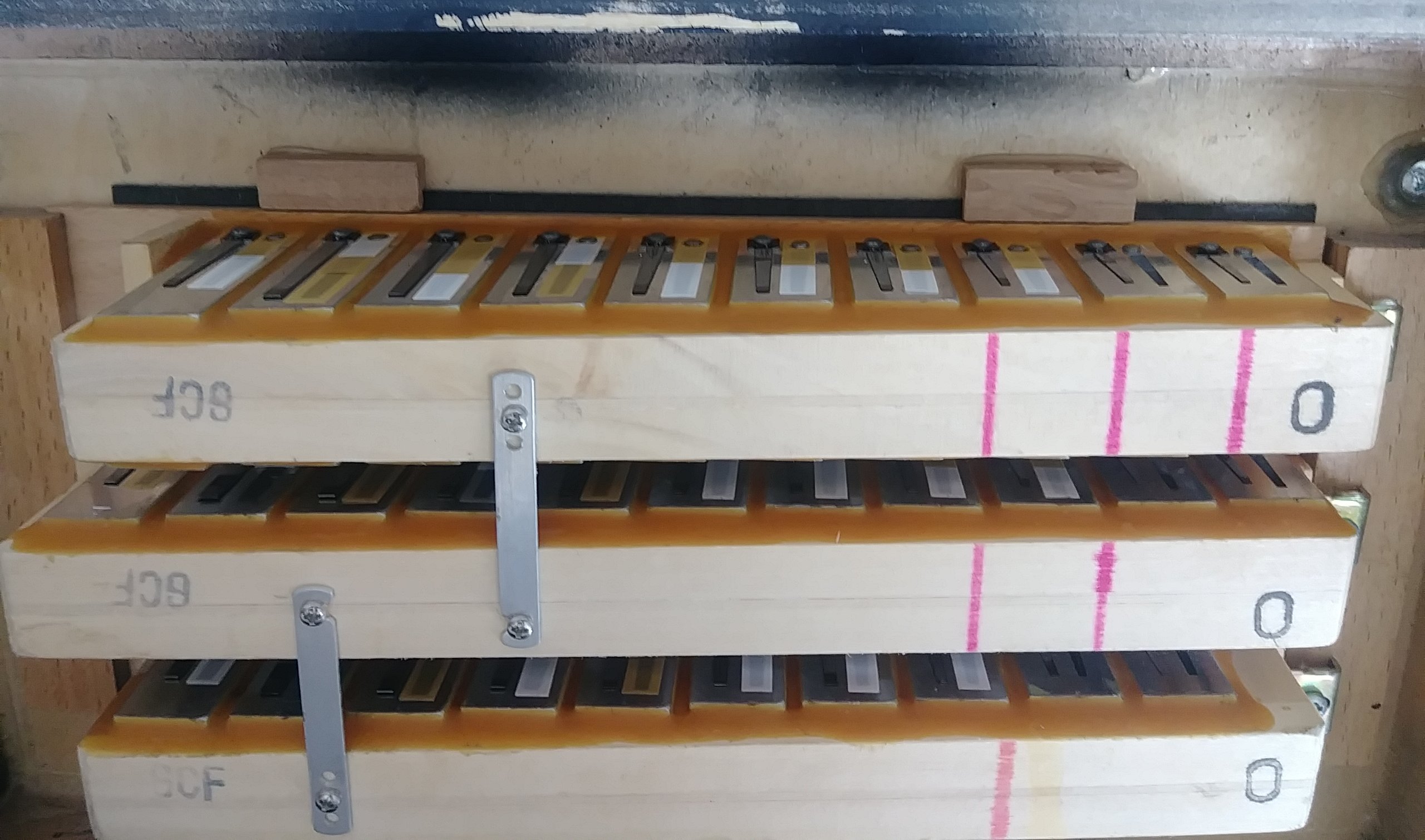
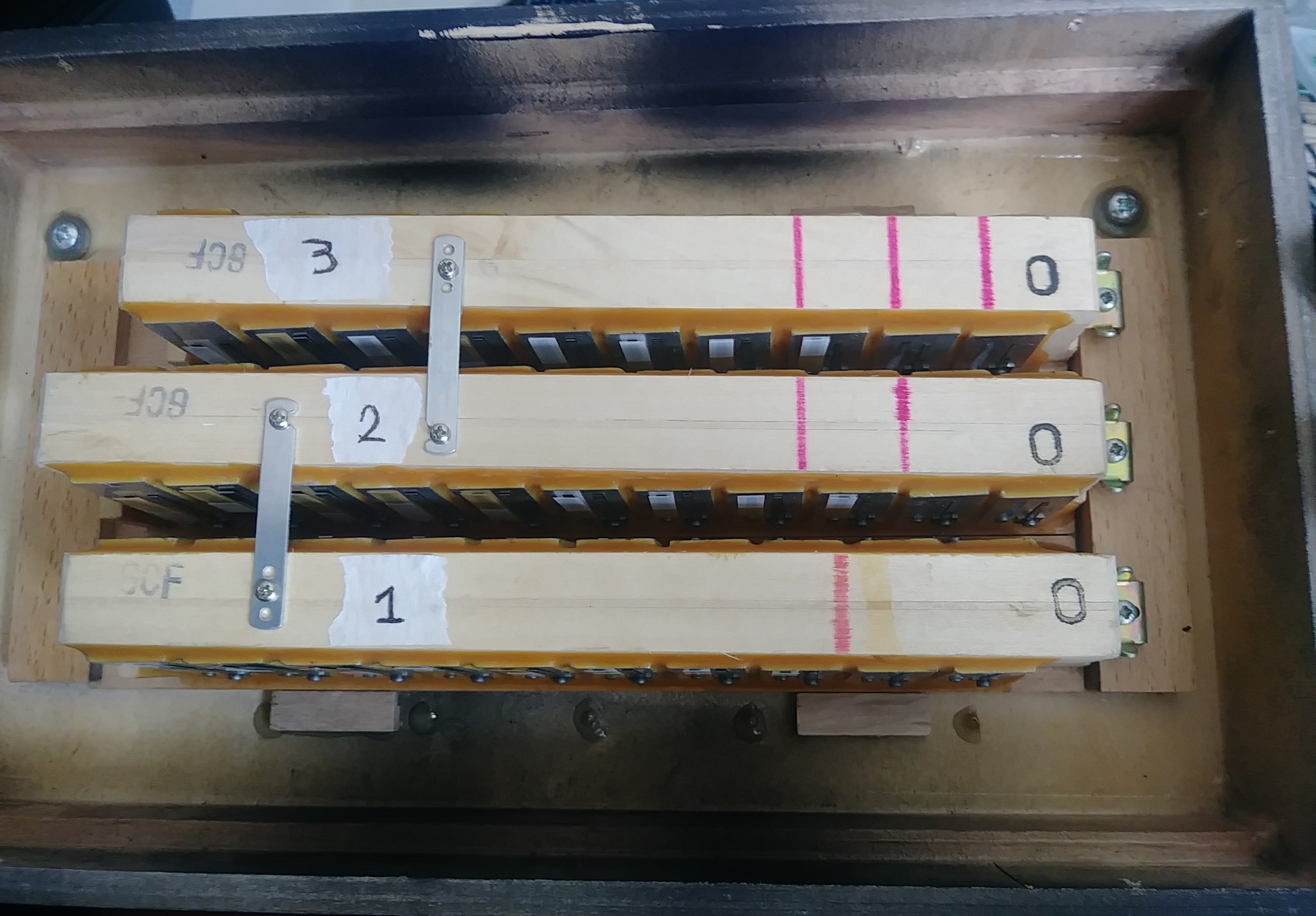
Leave your comments below (or comment directly here).
Thank you for your feedback.